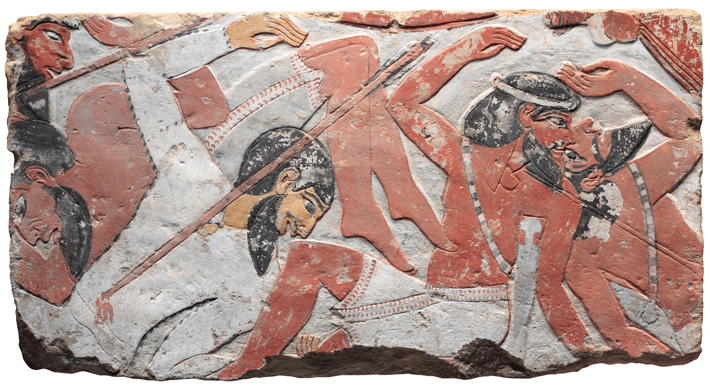Coordinators from Academia.com, a site that I use extensively in my quests, offered me to launch my website under their auspices. It is called https://independent.academia.edu/BaizermanMichael
I decided to upload most of my articles published on other sites. I started with the extracts from my first book, "Dawn and Sunset: A Tale of the Oldest Cities in the Near East". Up to now, I have transmitted four chapters:
The Divine Round Dance: The Sumerian Astronomical Calendar. This is a chapter from Unit IV, Beyond the Threshold of Rain Agriculture; it explains the importance of the introduction of the calendar in the complex society, who was in charge to keep the records, and what impact on state affairs it produced. https://www.academia.edu/39608575/The_Divine_Round_Dance_The_Sumerian_Astronomical_Calendar
The Birth of Proto-writing. This is a chapter from Unit III, The Marvels of the Sumerian Script; it looks into the origins of cuneiform, arguably the earliest human script. A universal writing agent, it was invented by accountants to submit economic reports to their superiors. https://www.academia.edu/39623193/The_Birth_of_Proto-writing
The Tower of Babel is a chapter from Introduction; it presents an attempt of interpretation of the iconic Biblical passage. https://www.academia.edu/39660169/Book_I_Intro_The_Tower_of_Babel
In the Workshop of a Sumerian Sculptor is a chapter from Unit V, Arts and Crafts; it relates the story of Sumerian sculptures in terms of main characters and dominating styles. The artistic side of early urban society comes to life in a series of sketches. https://www.academia.edu/39689480/In_the_Workshop_of_a_Sumerian_Sculptor
You're welcome to view them all; there will be more extracts.
Meanwhile, I began collecting material from my third project. It is still untitled and will delve into the early modern seafaring, especially the launching of the sea route to India at the end of the 15th century. My first research question is why the Portuguese mariners played no role in the Mediterranean seafaring during the Late Middle Ages. Many more questions will follow. The research will take a few years. Wish me good luck!!!

